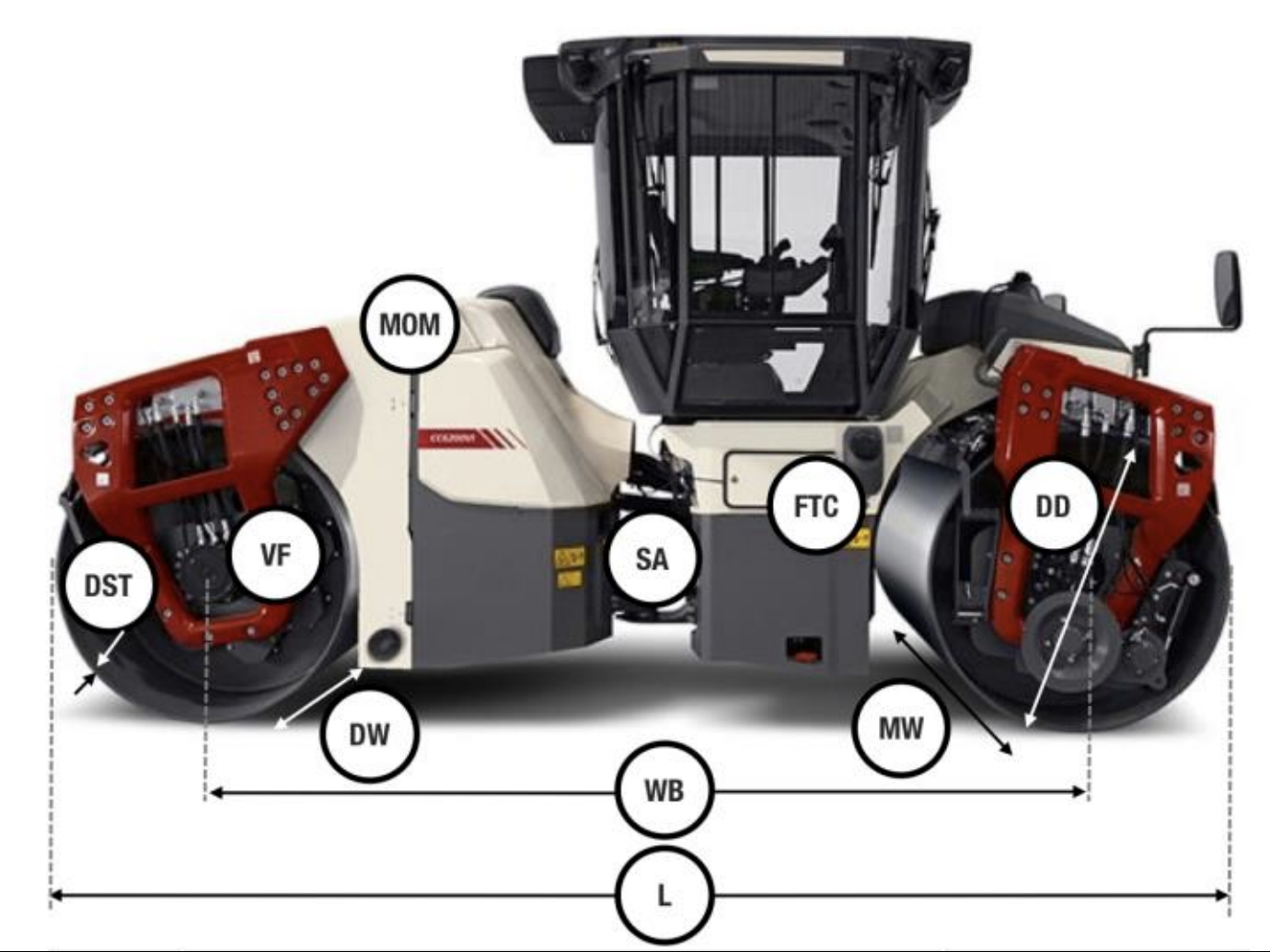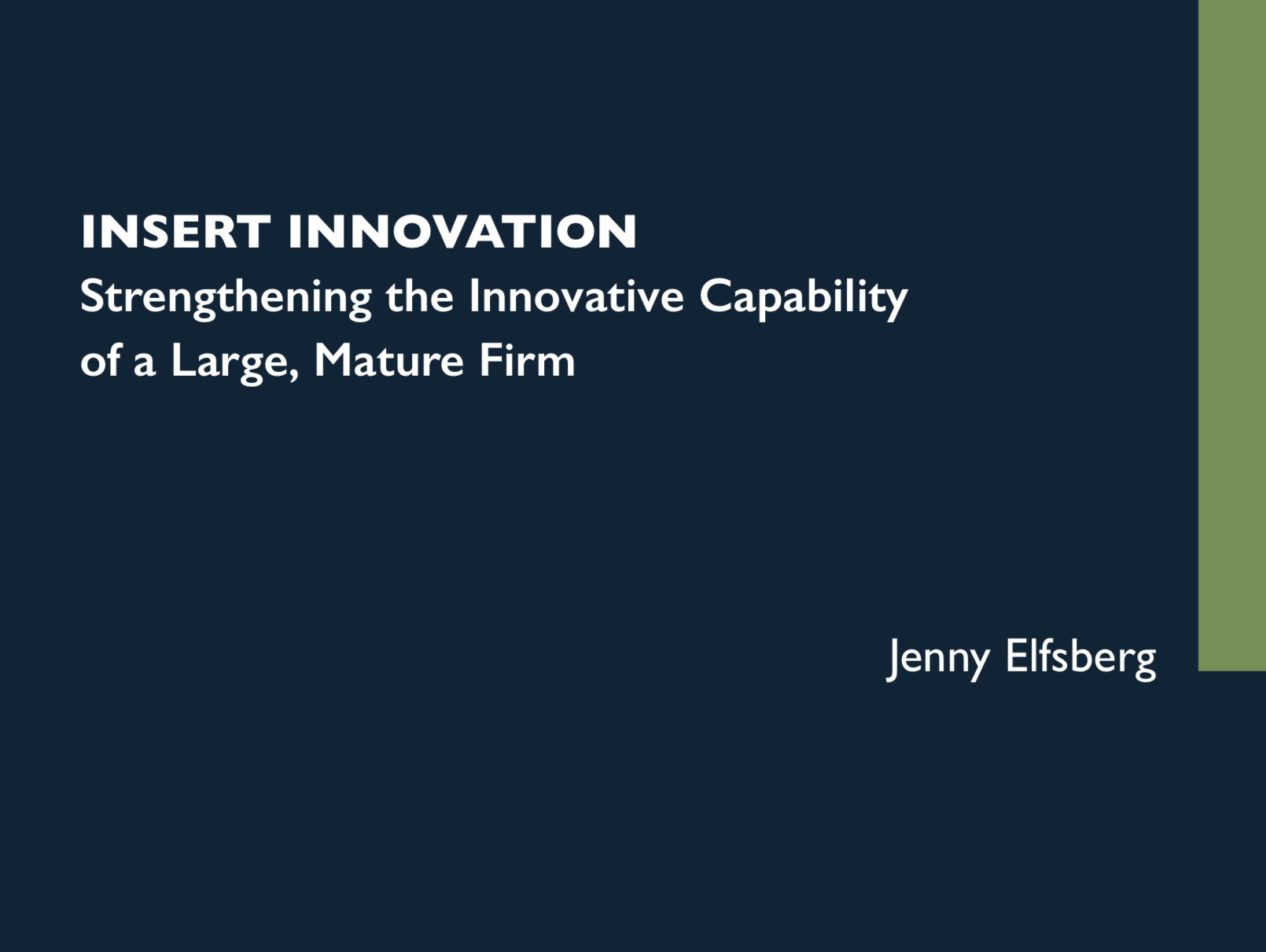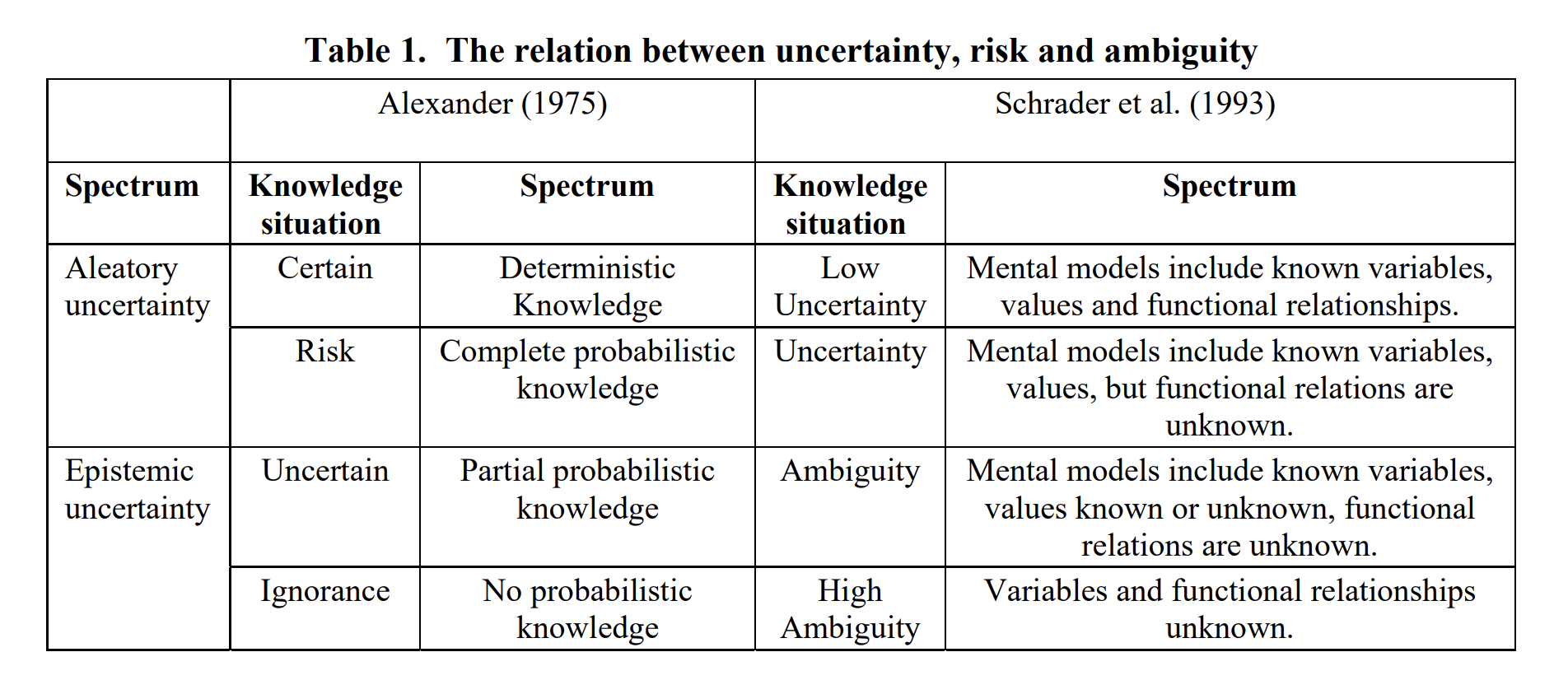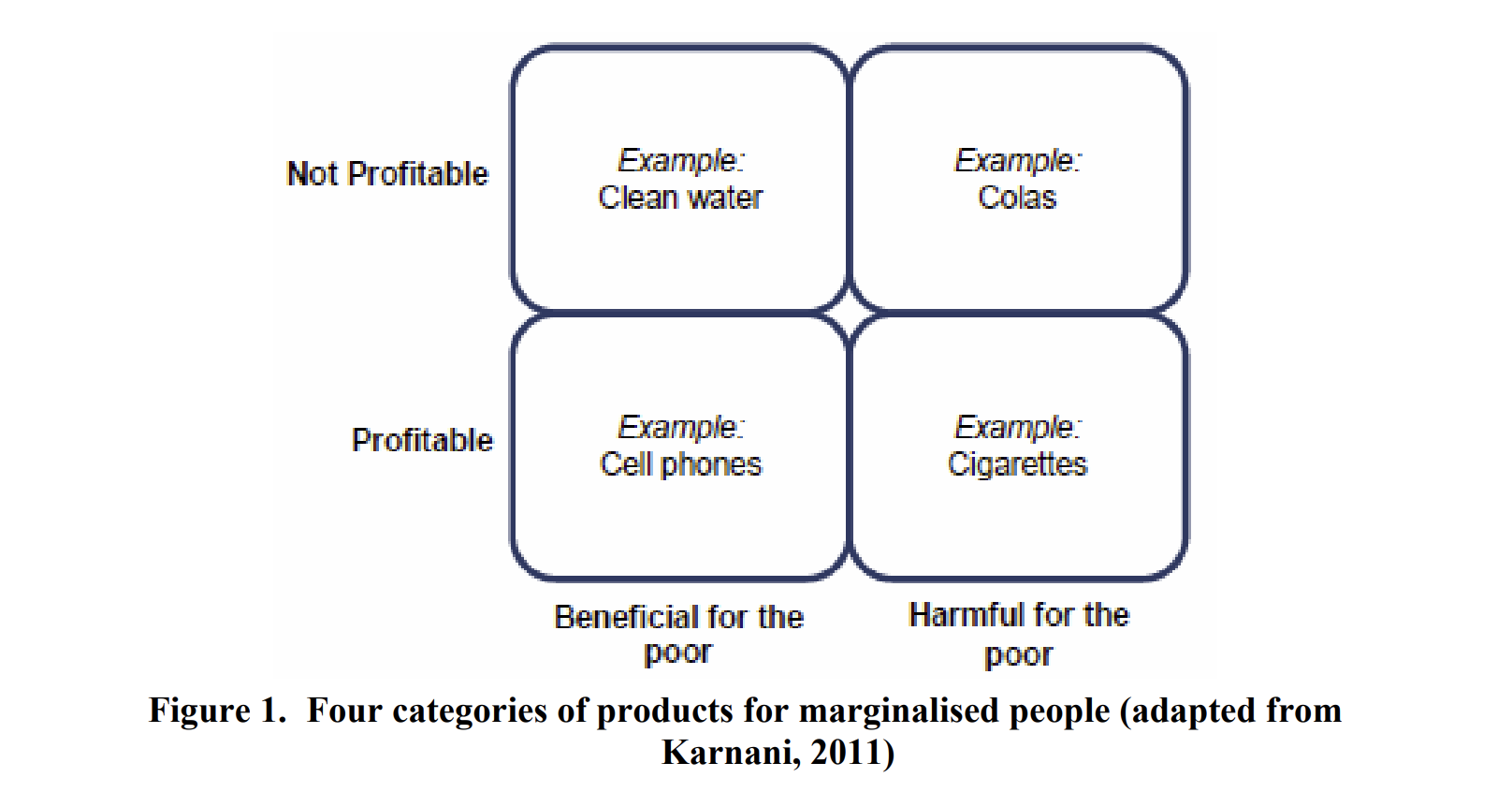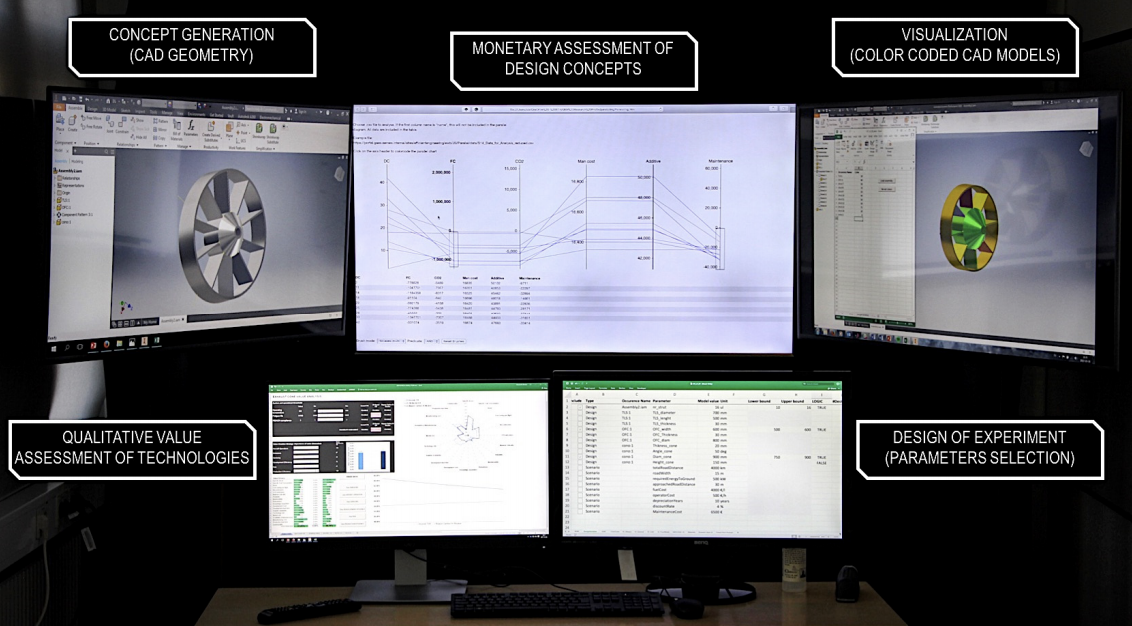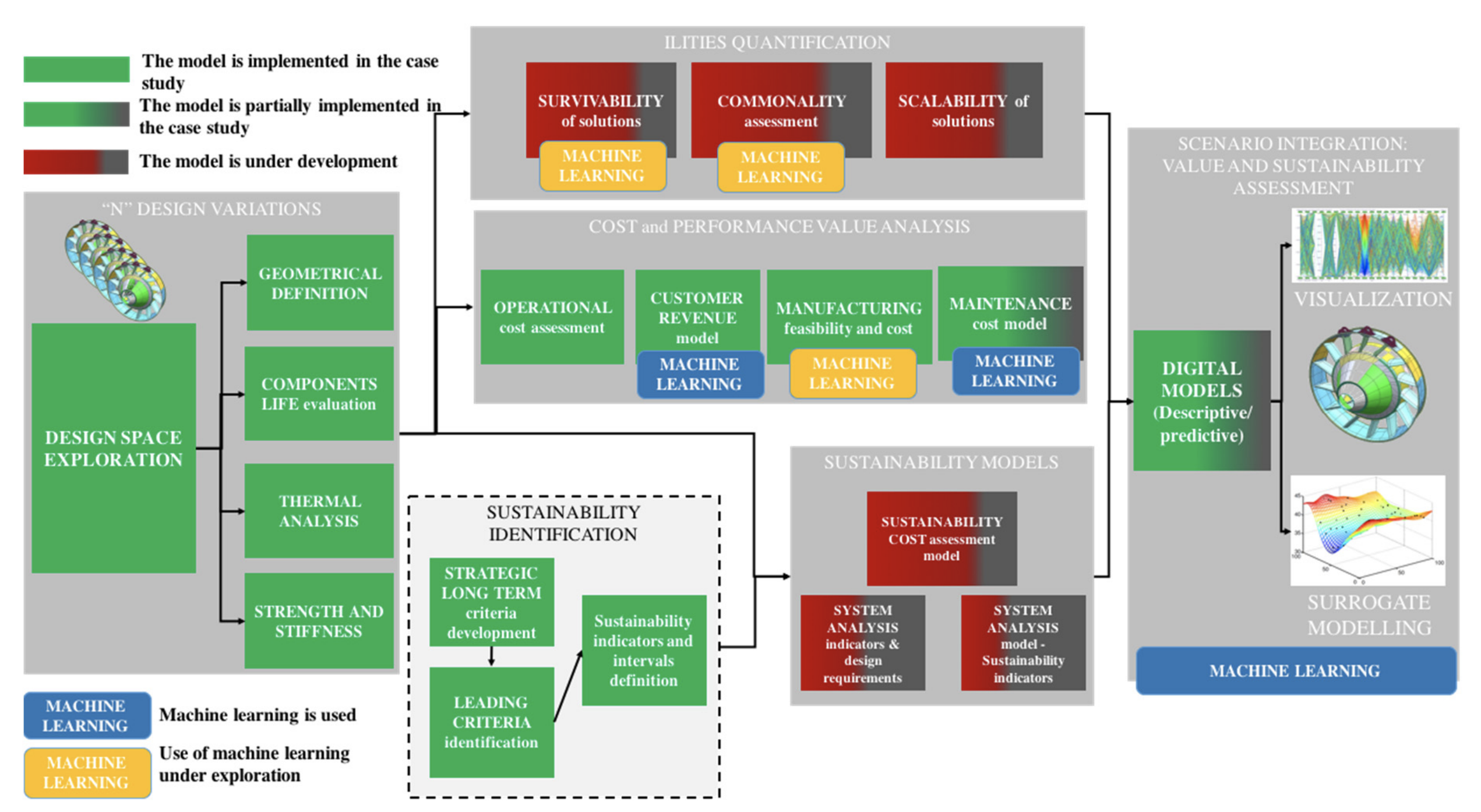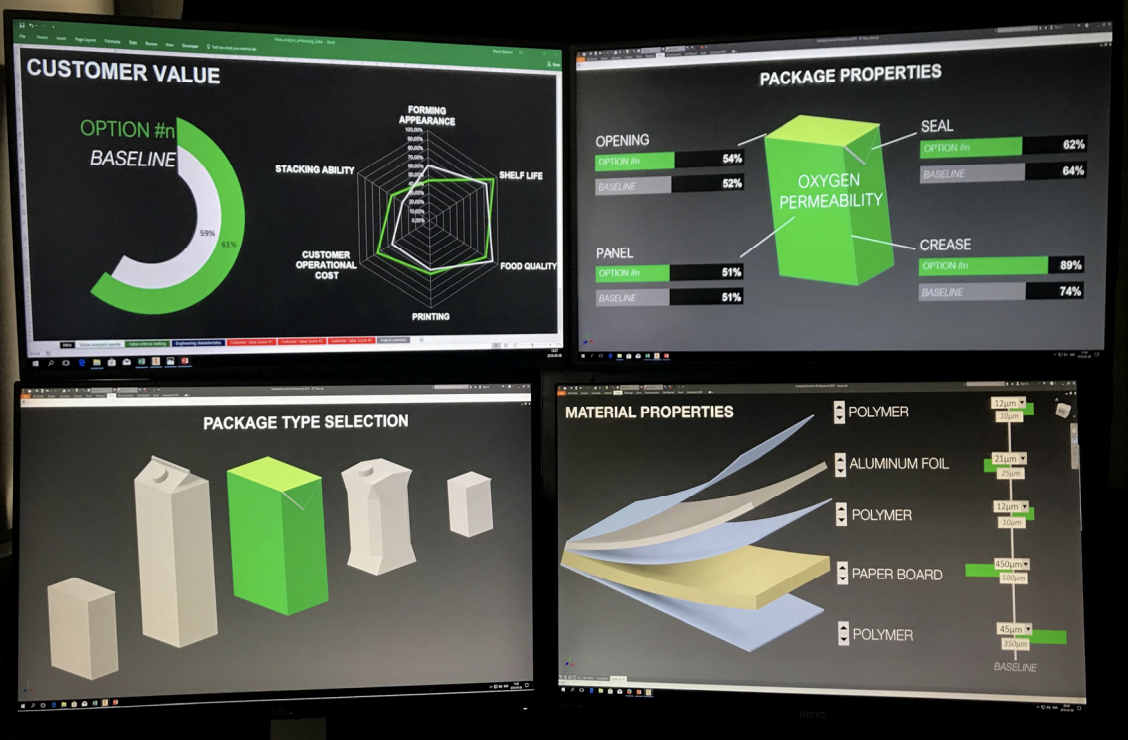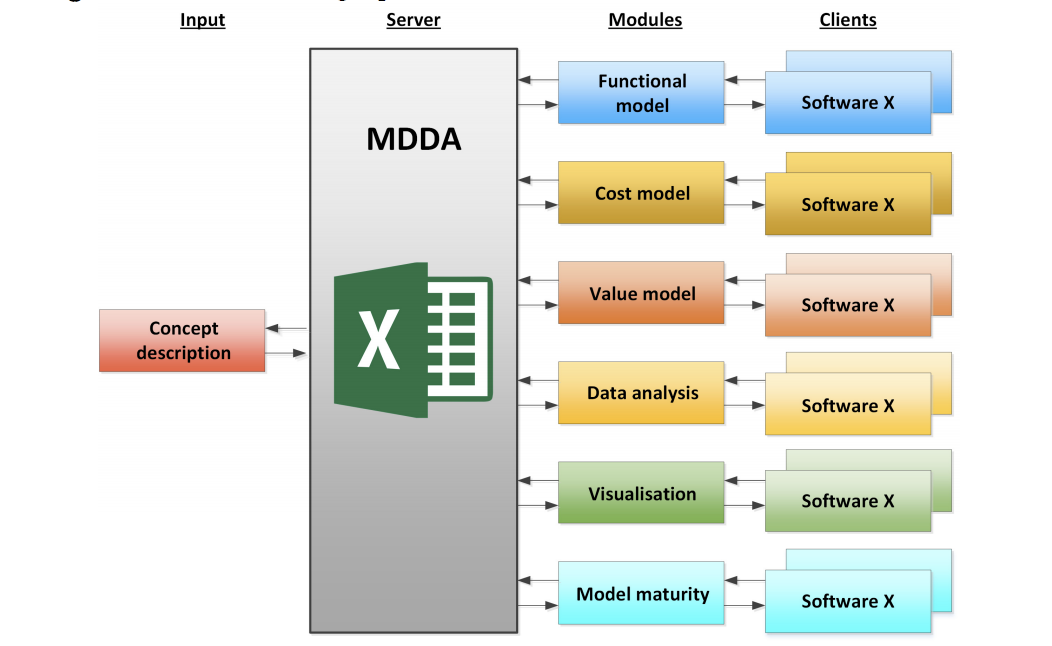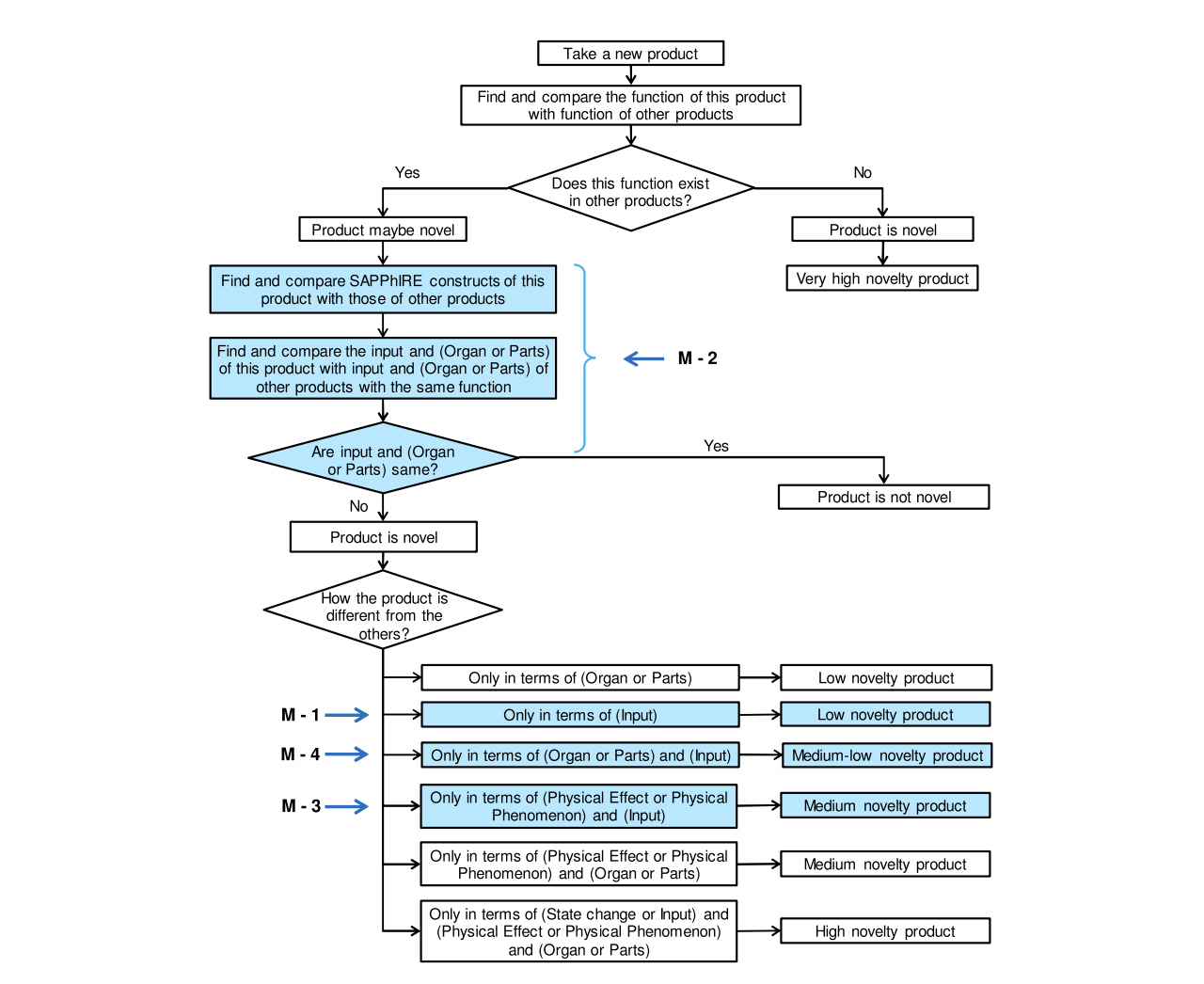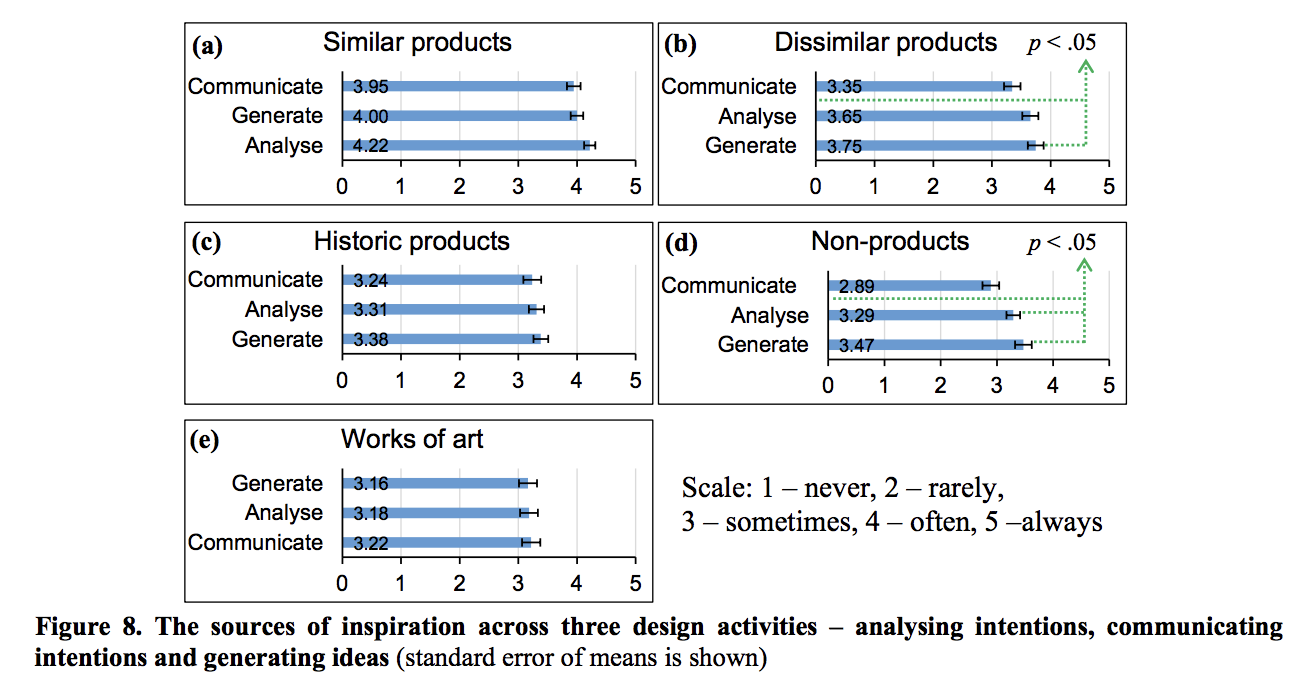ABSTRACT Resale value is an important aspect to be addressed when companies aim to shift from one-sale models to Product Service Systems (PSS). In the initial stages of the PSS design process, it is beneficial to predict how the mechanical features of the PSS hardware will impact resale value, so to orient business strategy decisions accordingly. The objective […]
Read More